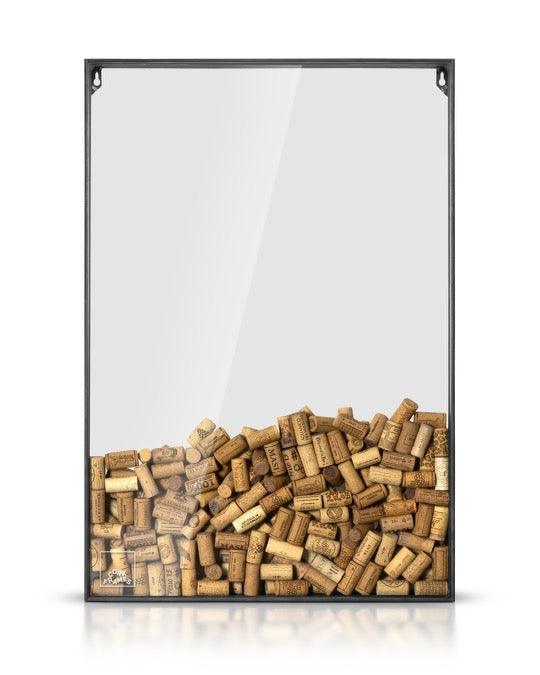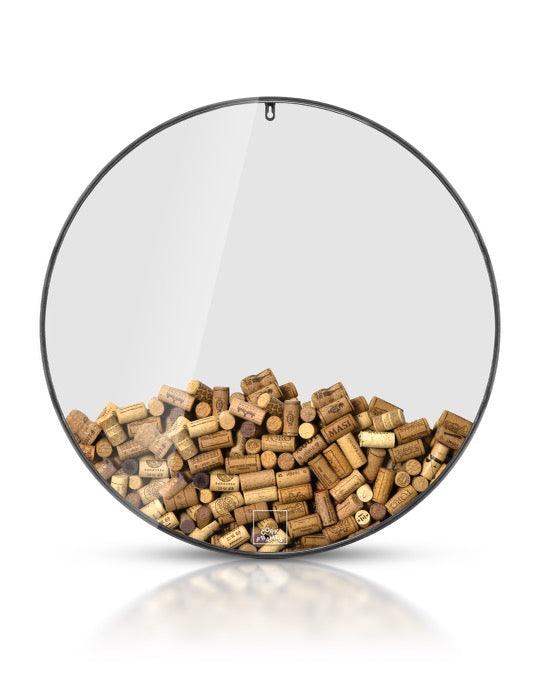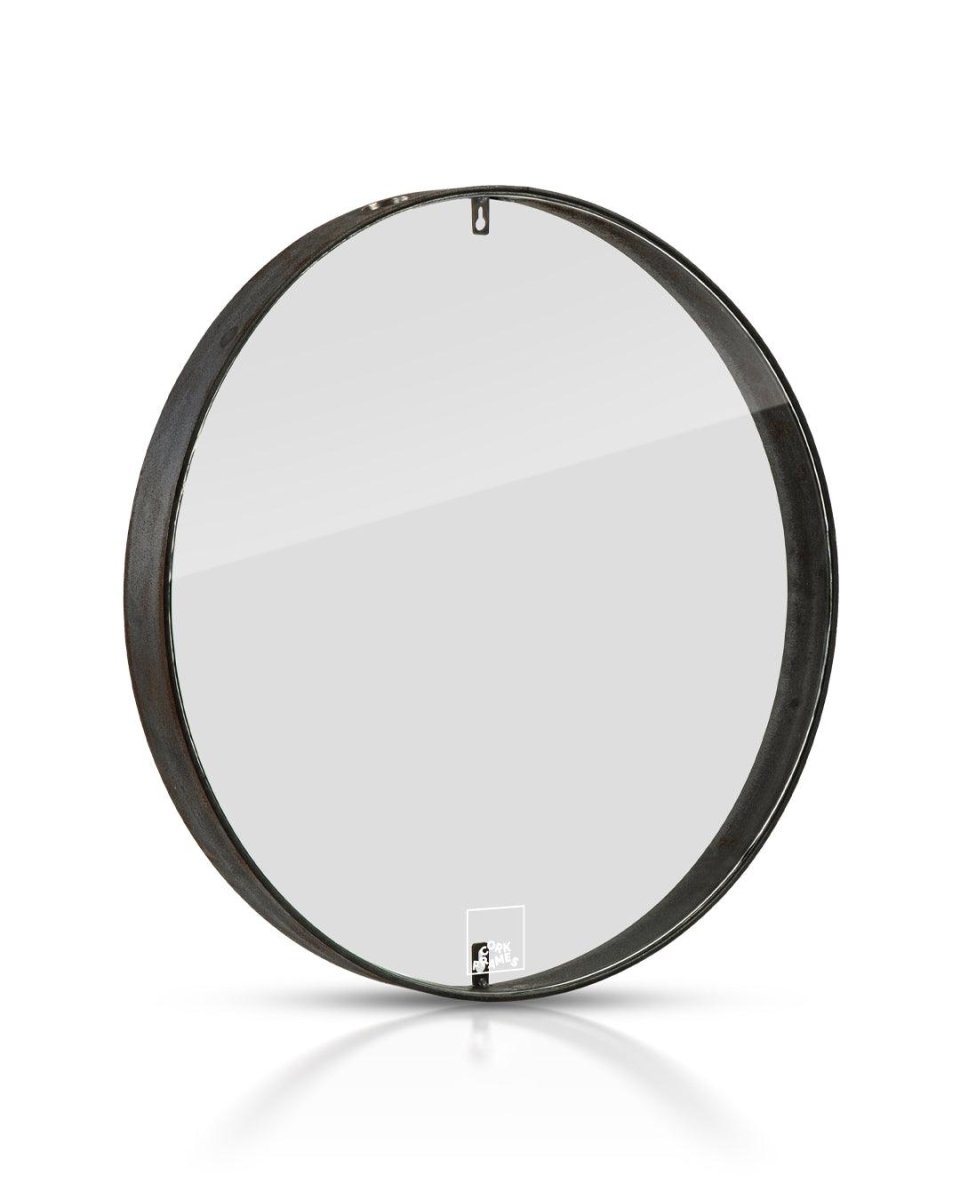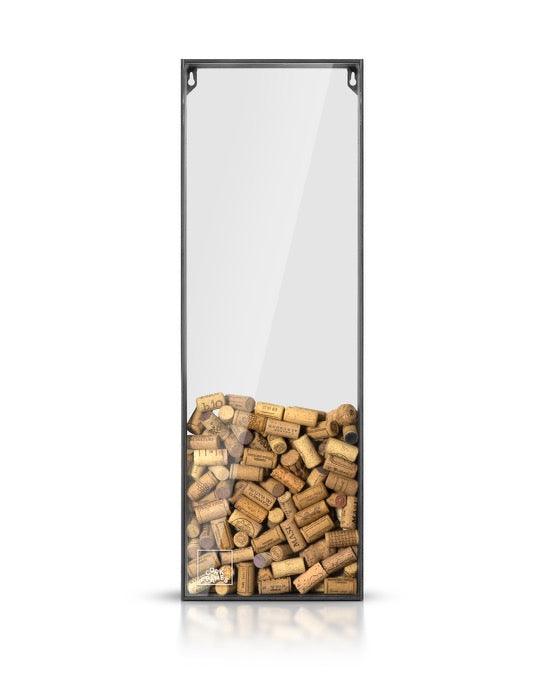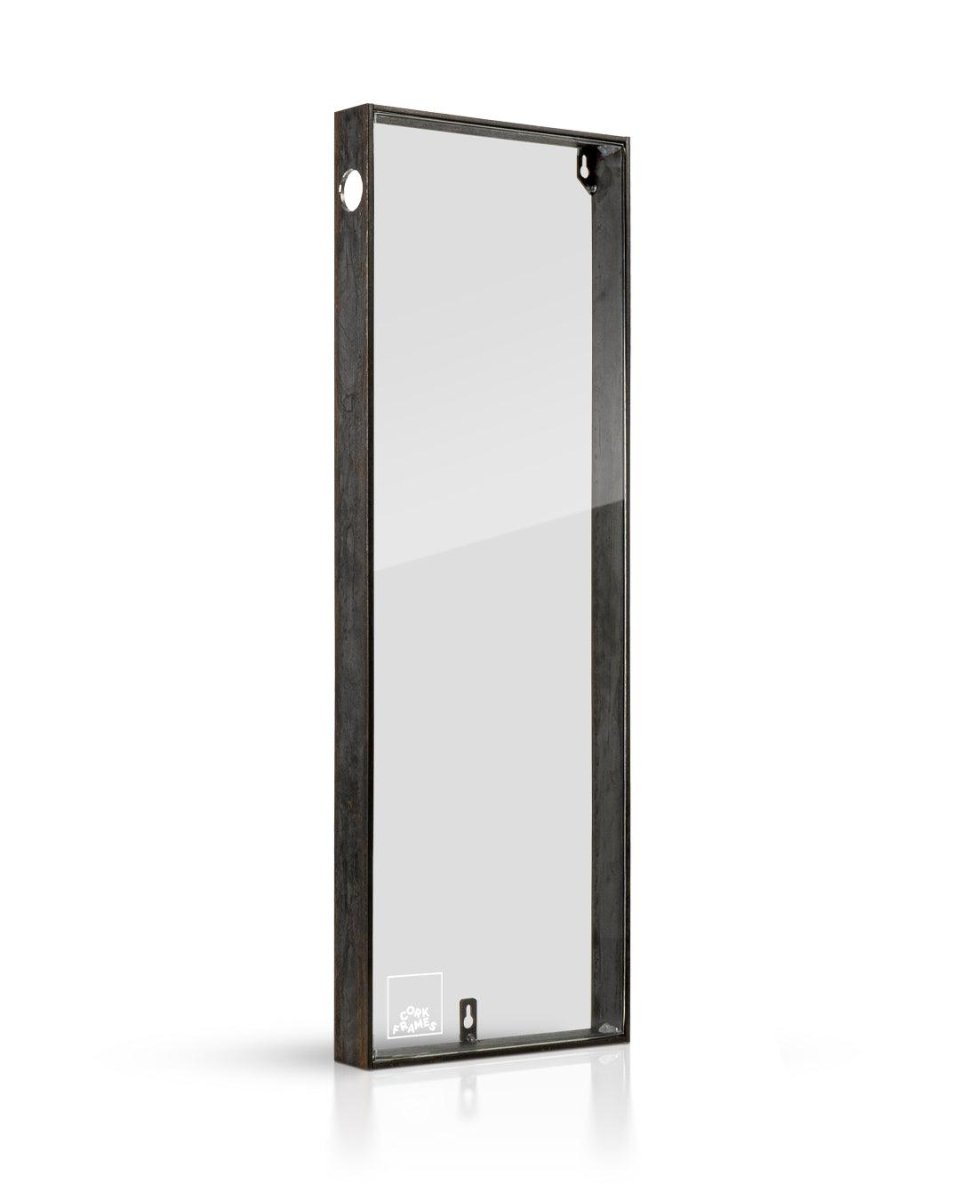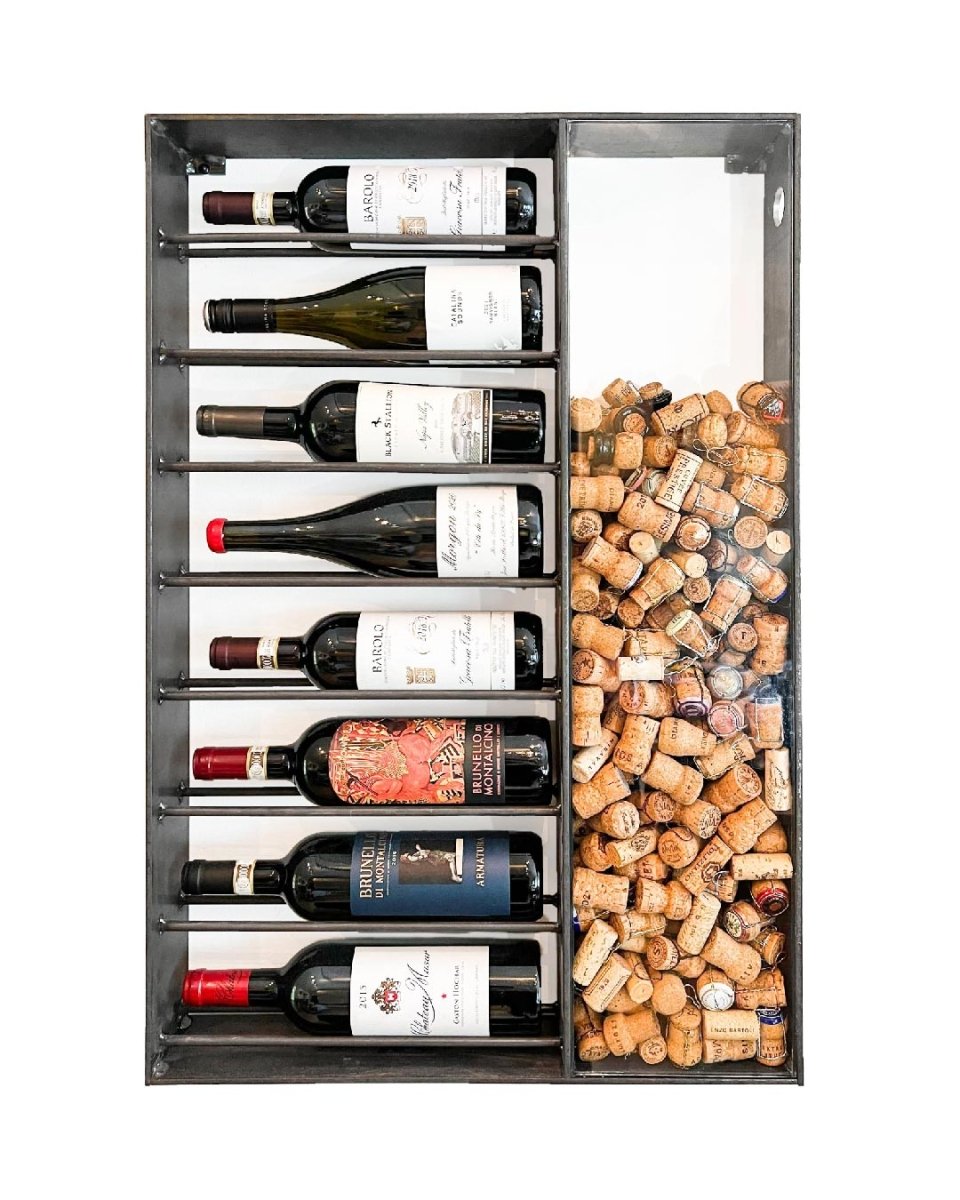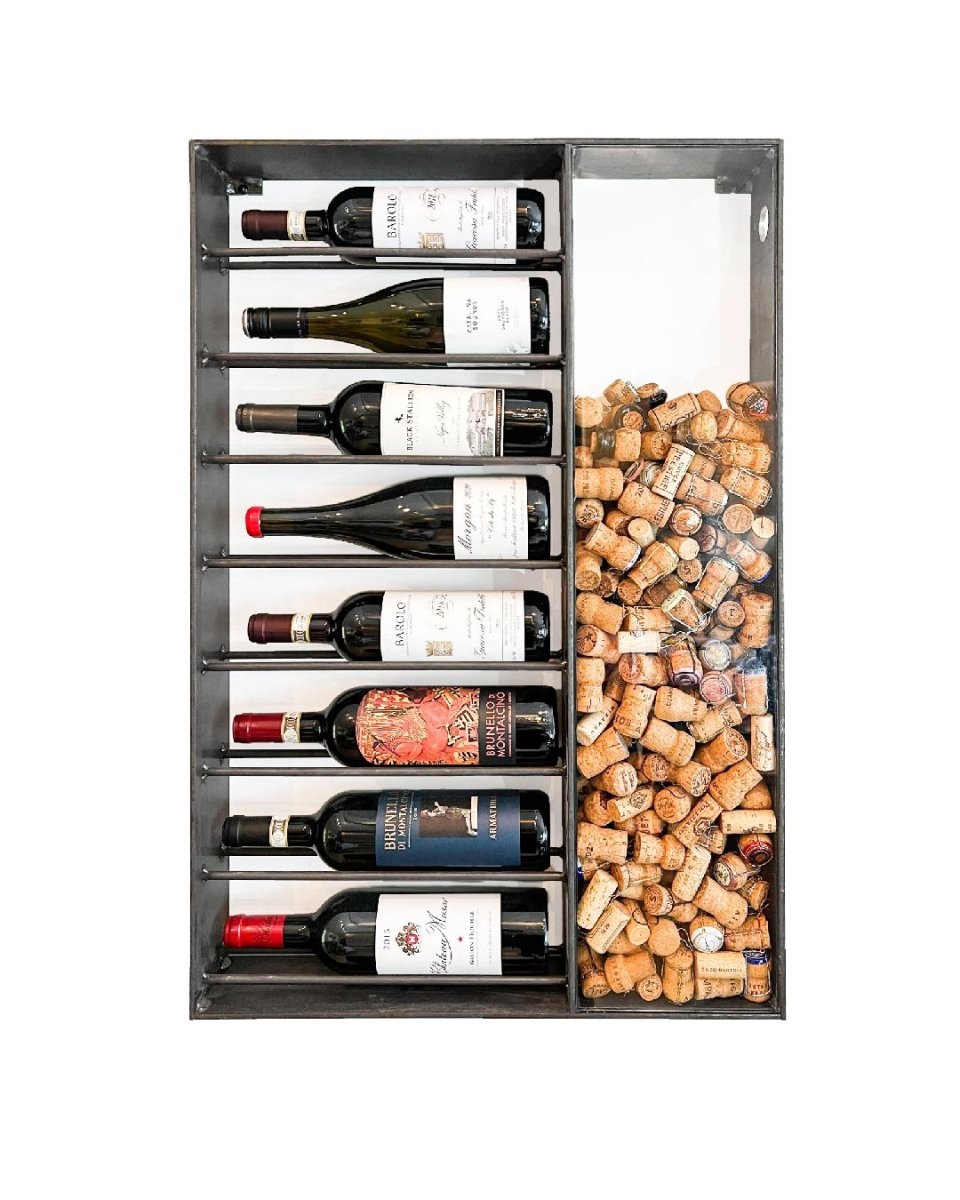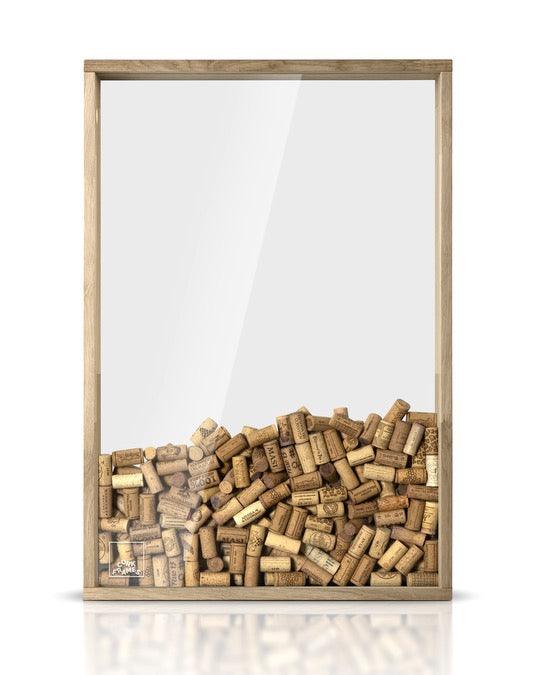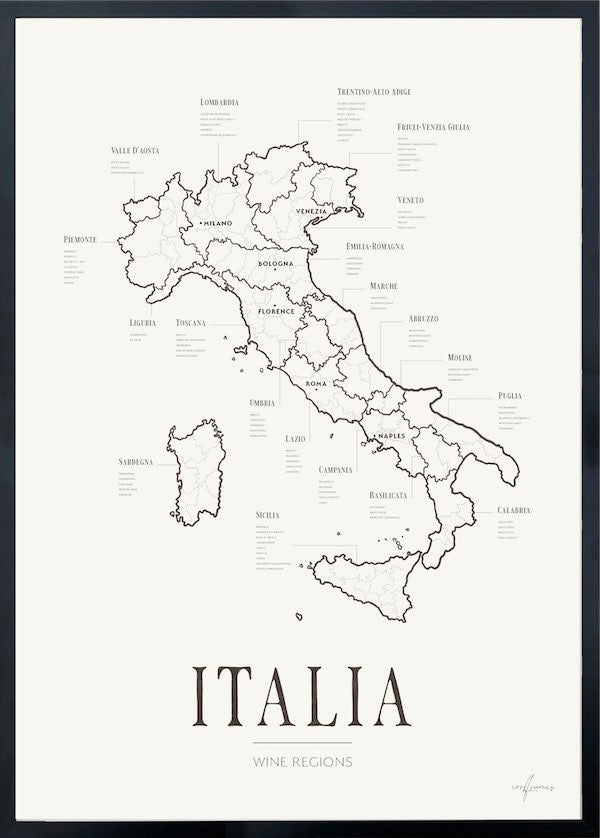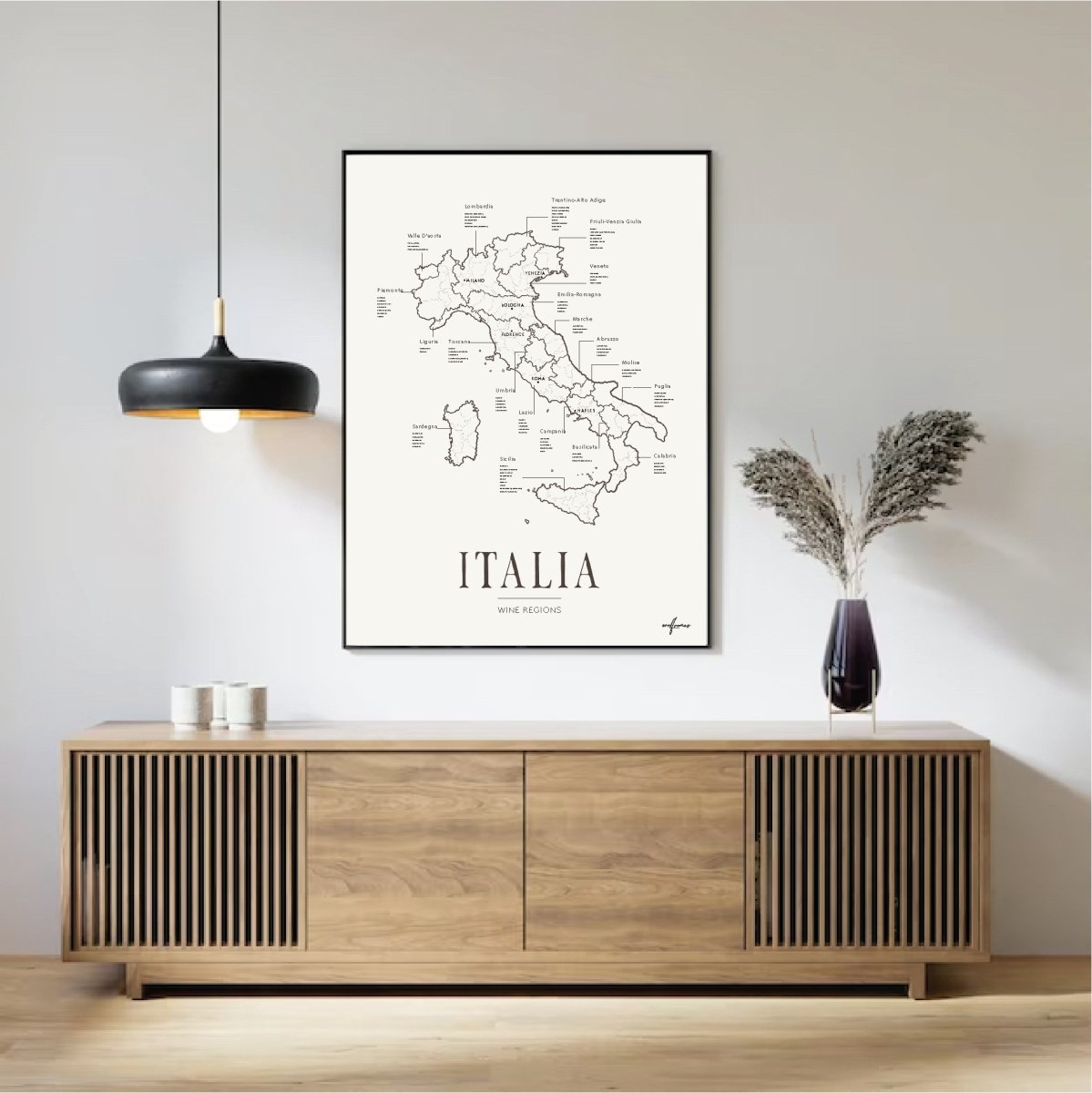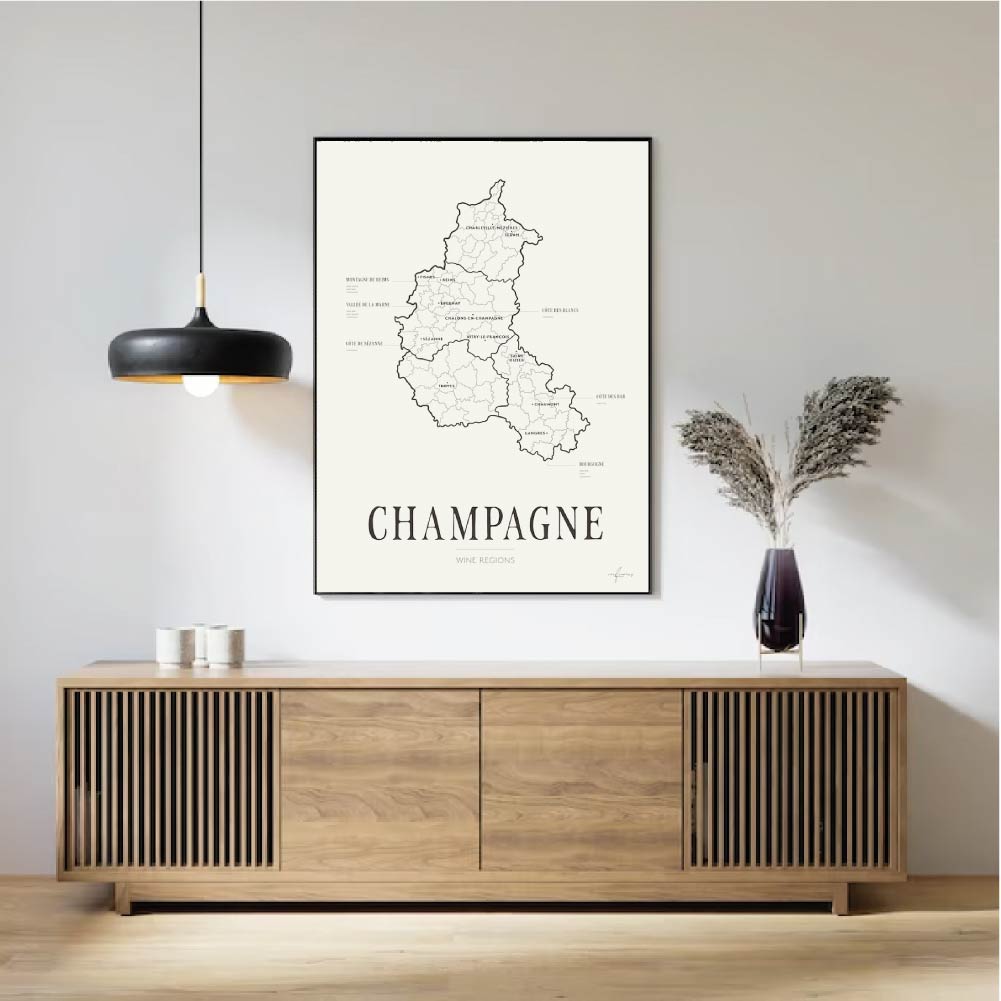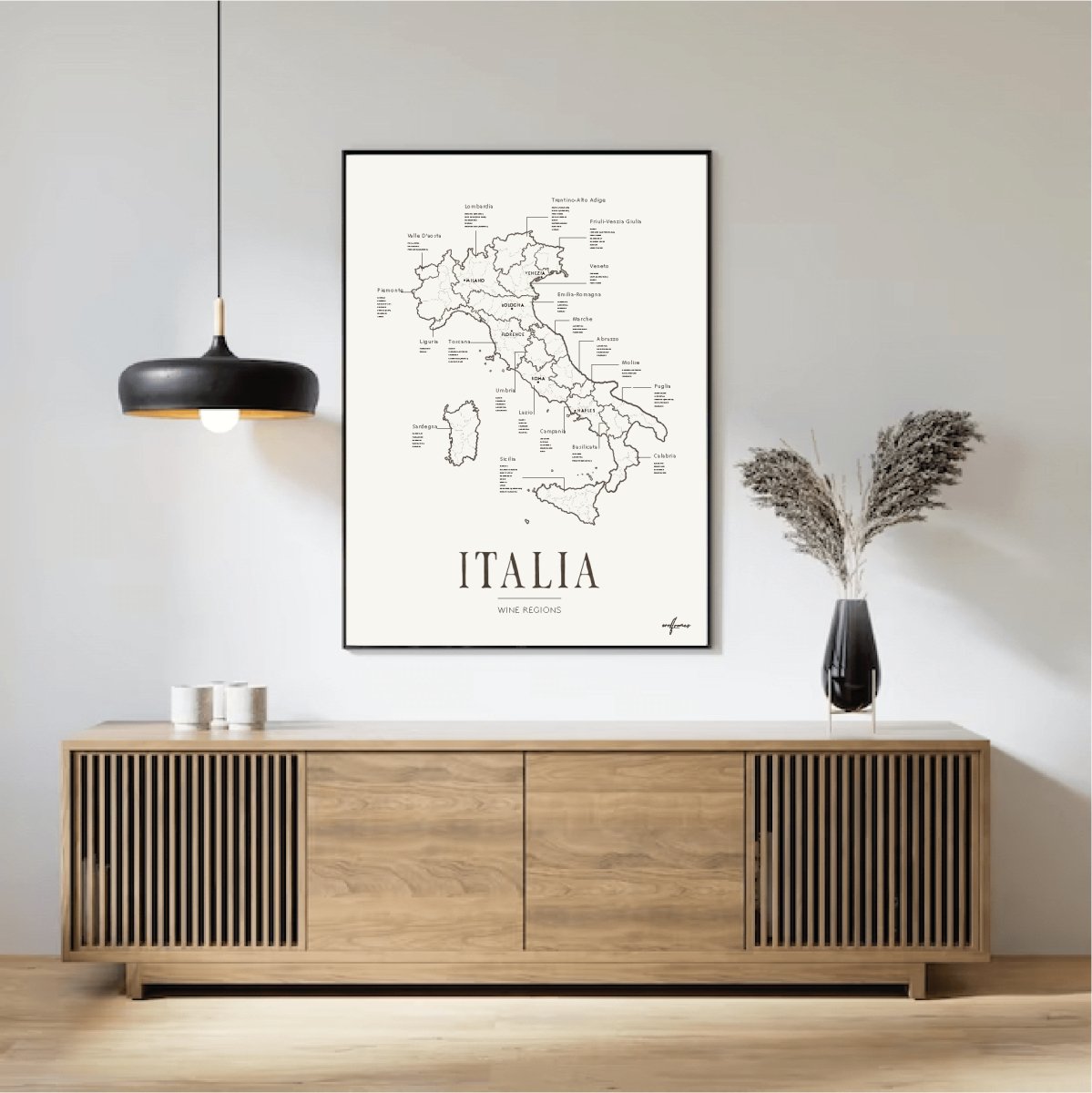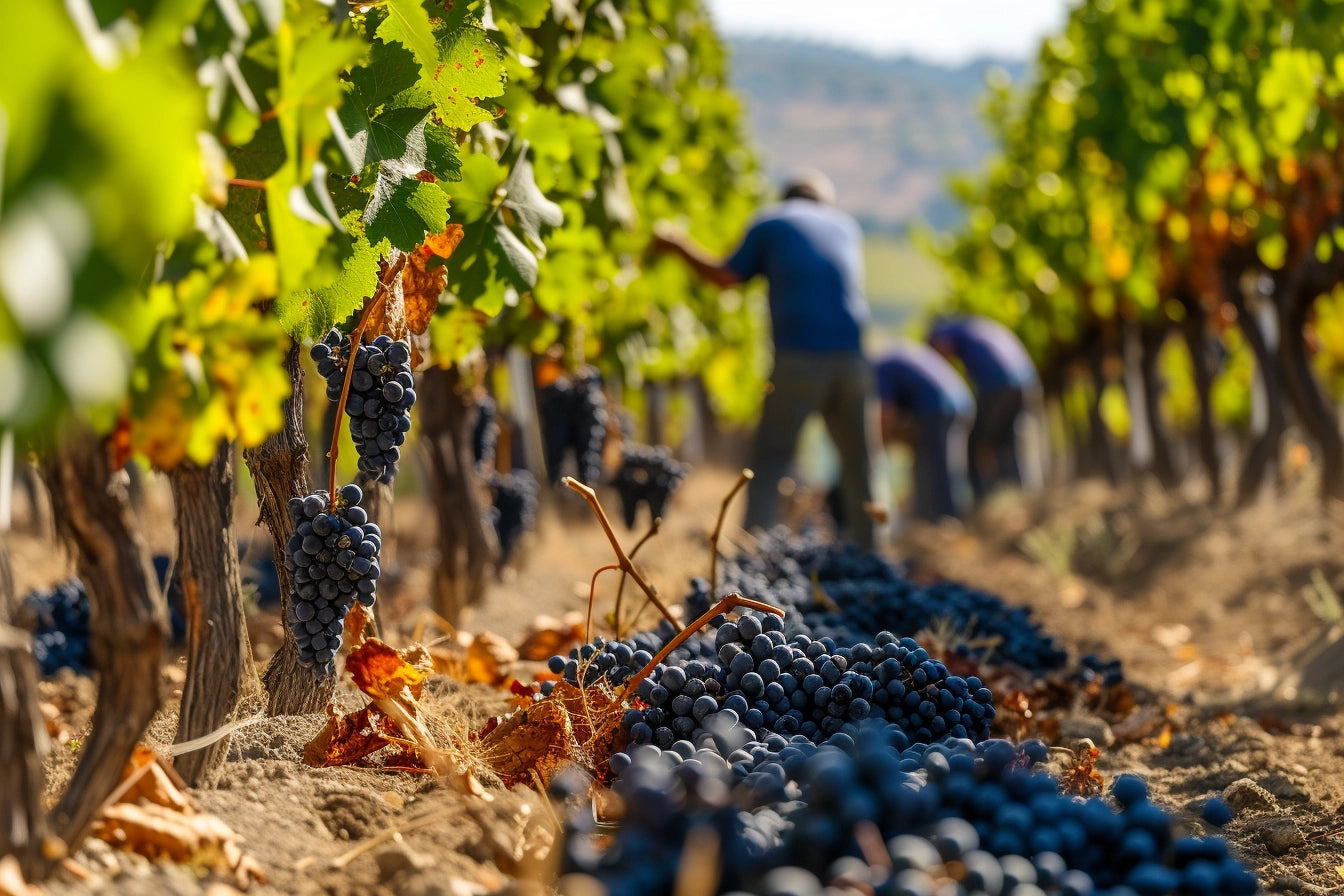Orange wine – a wine as intriguing as it is mysterious. Once forgotten, this ancient style of winemaking has made a bold comeback, capturing the hearts of wine lovers around the world.
Made from white grapes using techniques typically reserved for red wine, orange wine boasts a deeper color, rich tannin structure, and a complex flavor profile that sets it apart from other wines. Its unique characteristics and rich history make it an exciting addition to today’s wine market.
What is Orange Wine?
Orange wine, also known as skin-contact white wine, is made by allowing the skins of white grapes to remain in contact with the juice during fermentation. This technique, traditionally used for red wines, allows the skins to impart color and tannins to the wine. The result is a wine with a deep amber hue – hence the name "orange wine." The extended skin contact also gives the wine a unique texture and flavor that differentiates it from standard white wines.
The method of making orange wine is not new; it dates back thousands of years, with its origins in Georgia, where wine has been made in large clay vessels called qvevri. This ancient technique has spread to various parts of the world, and today, there is a growing trend of winemakers reviving this traditional process.
Flavor Profile: Complex and Bold
What makes orange wine so unique is its complex flavor profile, which often surprises those who taste it for the first time. Due to the extended skin contact, orange wine develops tannins, a characteristic usually associated with red wines. This gives it a bold structure and a slight astringency, setting it apart from traditional white wines. At the same time, it retains the freshness and acidity typical of white grape varieties.
In terms of flavor, orange wine offers a wide range of notes, from nutty and spicy undertones to hints of dried fruit, honey, and herbs. This diversity in flavor makes each bottle a unique experience, with the variation in production methods, grape variety, and region adding to the richness of the tasting experience.
Why is Orange Wine Gaining Popularity Now?
Orange wine has seen a resurgence in recent years, largely due to wine enthusiasts' growing interest in "natural" and "authentic" products. In a time when sustainability, craftsmanship, and traditional methods are more valued than ever, orange wine has become a symbol of returning to original winemaking practices.
Moreover, orange wine appeals to those seeking something different. It is a wine that breaks away from the conventions of both red and white wines, offering new and exciting flavor experiences for the adventurous wine drinker. Its tannic character and boldness also make it an excellent food wine, particularly when paired with rich or complex dishes.
Orange Wine’s Food-Friendly Nature
One of the great strengths of orange wine is its versatility with food. Its tannic structure and full body make it the perfect companion for flavorful dishes such as spicy stews, grilled meats, or fatty fish. It also pairs well with vegetarian dishes rich in umami, such as mushrooms and legumes. The complex acidity and unusual flavor combinations make it a versatile food wine that surprises on the plate.
Where to Find Orange Wine?
The revival of orange wine has led to a growing number of producers from Georgia and Italy to Slovenia and even California, embracing this extraordinary wine. In Italy, it is known as ramato, particularly in the Friuli region, where this method has been preserved for centuries.
In Georgia, the birthplace of orange wine, it is still a cherished tradition to create it in the historic clay vessels. Smaller wine regions around the world are also joining the trend, with more and more winemakers experimenting with this ancient technique.
For those interested in trying orange wine, the availability is now better than ever. Many wine shops and restaurants carry it, and wine tastings focused on this unique style are becoming increasingly popular.
The Future of Orange Wine
Orange wine’s revival seems to be just beginning. Its unique qualities, rich history, and complex flavor profile make it stand out in today’s wine market. For wine lovers seeking new and exciting experiences, few wines can offer the depth and diversity of orange wine.
As more winemakers experiment with this style and with increasing interest in sustainability and craftsmanship, we are likely to see a continued rise in orange wine in the coming years. It is a wine that offers something truly different – while connecting us to the oldest traditions of winemaking.
For the adventurous wine drinker, orange wine is a world waiting to be explored, a journey through time and place that is as fascinating as it is delicious.




